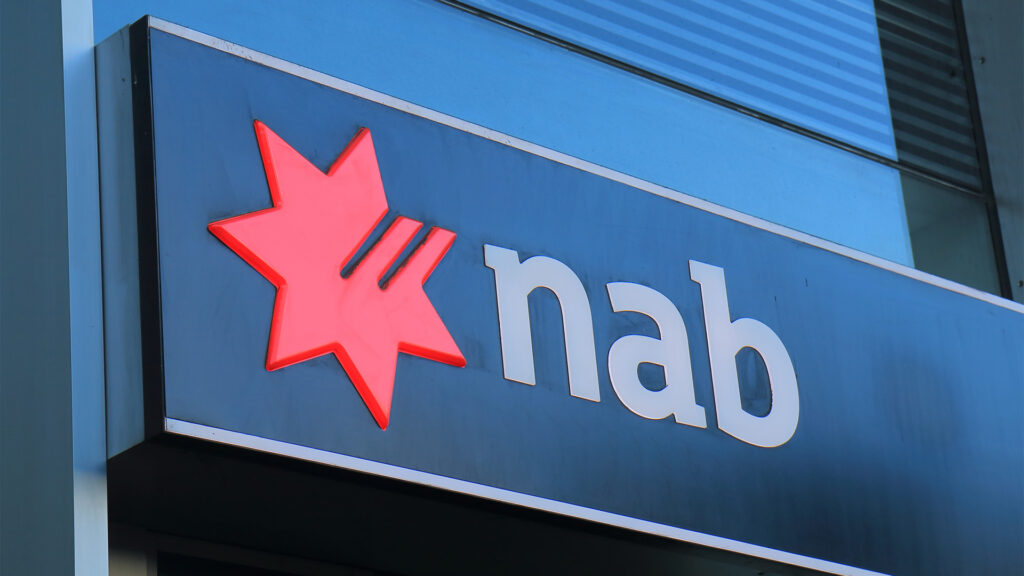As forecast by most analysts, it was a “steady as she goes” outcome for the National Australia Bank’s (ASX:NAB) 2023-24 half-year, with shareholders to receive a small lift in their interim payout and a larger buyback, despite a well-anticipated dip in earnings.
The bank reported a 12.8% fall in first-half cash profit to $3.55 billion, slightly below expectations of around $3.553 billion but well below the $4.07 billion in the first half of 2022-23.
The result suggests that Westpac and the ANZ will report similar outcomes in their interims next week.
NAB said it saw a near 30% slump in earnings from its personal banking business to $553 million. The performance of its business and private banking arm was much stronger, with a small 2.7% dip to $1.673 billion.
The bank declared a fully franked 84¢-a-share interim dividend—up a cent from a year ago—and added $1.5 billion to its share buyback program as revenue fell 3.7% to $10.1 billion for the half-year.
Analysts had been more circumspect about the chances of a new buyback, but with the bank under a new CEO in Andrew Irvine, and its mortgage and small business customers facing more pressures from high rates and weak demand, the buyback looks more like an insurance policy than capital management.
The buyback can be managed by the bank, which reported a common equity tier 1 ratio, the most closely watched measure of financial strength and its spare cash, of 12.15% as of March 31, well above its target of 11% to 11.5% and the required 10.5%.
“Our continued focus on capital generation supports our objective to reduce our share count over time through on-market buybacks, while maintaining a strong capital position,” CEO Irvine said in the release.
Under the buyback program, ongoing since August last year, NAB will now purchase shares worth a total of A$1.7 billion, which will reduce its common equity tier 1 ratio by about 40 basis points.
As expected, NAB’s net interest margin—the key measure for revenue and profits—came under pressure in the half-year, easing to 1.72% from 1.77% a year earlier.
“This mainly reflects lending margin competitive pressures primarily relating to housing lending, along with higher term deposit costs and deposit mix impacts,” the NAB explained.
The bank predicted that real economic growth in Australia will remain below trend over the near term due to pressures from high-interest rates and sticky inflation.
“However, some relief is anticipated later this year with expected tax cuts and a forecast easing in monetary policy from November should inflation continue to moderate,” the bank said.
Another key measure—the cost-to-income ratio—saw costs up 5.8% and revenue down 3.7%. That saw the cost-to-income ratio jump to more than 46% from just over 42% a year earlier when revenue growth was much stronger.
The NAB said its loan impairment charges fell from a year ago, with the credit impairment charge (CIC) set at $363 million, down from $393 million a year ago.
“The charge includes a $40 million release from forward-looking provisions. Underlying charges primarily reflect volume growth, higher arrears, and a modest increase in specific charges, partially offset by the impact of higher house prices.”

